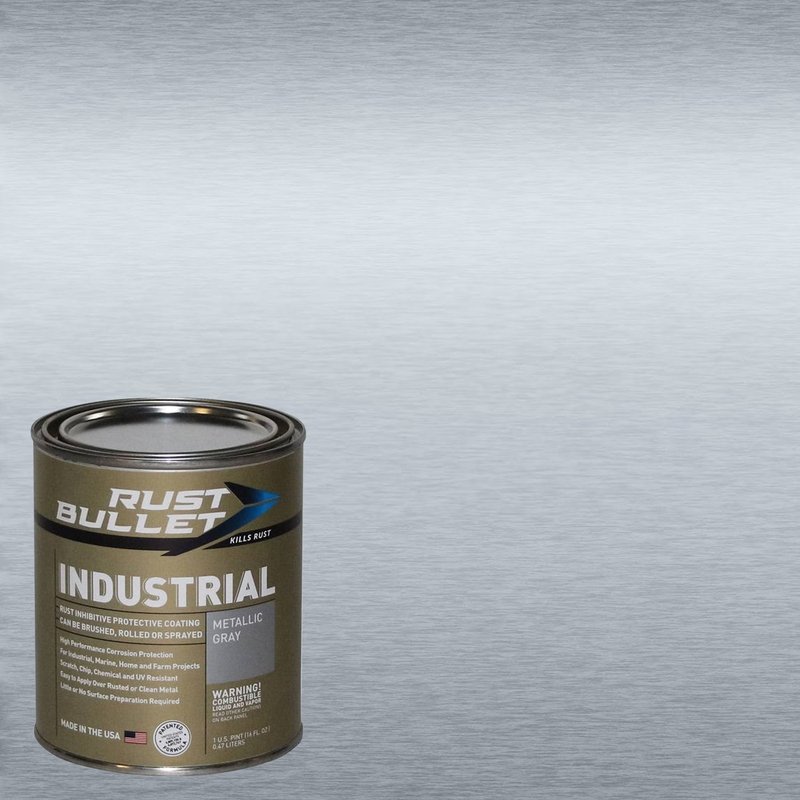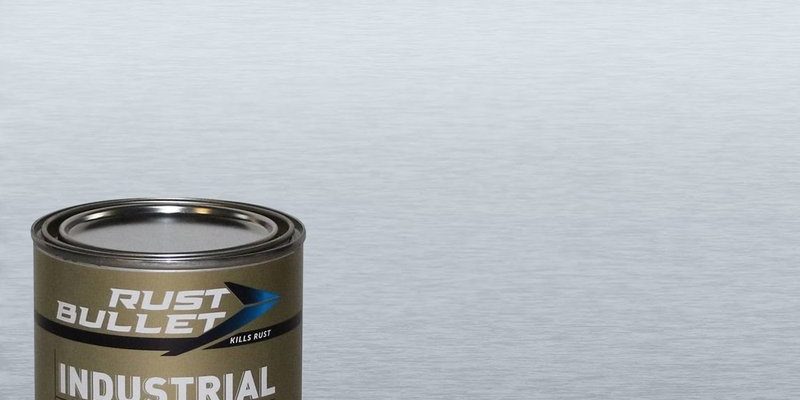
Honestly, it surprises a lot of people how much damage a tiny bit of rust can do—especially on handles, locks, and hinges that are exposed day and night. Whether you’ve got a classic Schlage deadbolt, a modern Yale smart lock, or some universal brand of exterior hardware, rust doesn’t care. It’ll go after anything it can. But here’s the good news: with a little know-how and the right rust inhibitor, you can save yourself time, money, and stress—not to mention keep things looking classy.
Why Rust Is a Big Deal For Exterior Door Hardware
First things first: *why does rust even matter* on your front door hardware? It’s easy to shrug off those first orange spots, but rust is more than a cosmetic issue. When moisture and oxygen get together, they react with the iron in your hardware, kicking off a chemical process called oxidation. That’s rust in a nutshell—and it’s relentless.
Over time, rust eats away at metal, making locks sticky, handles rough, and hinges squeaky (or worse, frozen). If you’ve ever turned a key and felt it grind, or noticed your door won’t close as smoothly anymore, rust might be the culprit. In the worst cases, it can even jam your lock completely or weaken the screws holding everything to your door.
Think of rust like tooth decay for your hardware: small at first, then suddenly a big expensive problem if you ignore it.
So, keeping rust away isn’t just about looks. It’s about keeping your home secure, your hardware working, and your daily routine frustration-free.
What Is a Rust Inhibitor and How Does It Work?
You might be wondering: *What exactly is a rust inhibitor, and why not just use regular oil or grease?* A rust inhibitor is a special spray or liquid designed to create a protective barrier on metal surfaces. Unlike plain oil—which can wear off quickly or collect dust—top brands like WD-40 Specialist Long-Term Corrosion Inhibitor or 3-IN-ONE Lock Dry Lube actually bond to the metal. This keeps out water, salt, and even humidity.
Here’s the thing: rust inhibitors are engineered for long-term protection. They seep into tiny crevices, fill microscopic scratches, and basically put up a big “No Entry” sign for rust. Plus, they’re usually clear and won’t make your hardware feel greasy or look dirty, which is really important for door handles and locks.
- Regular oils: Quick fix, but attract dust and need constant reapplication.
- Rust inhibitors: Long-lasting, invisible, and better at stopping corrosion before it starts.
If you care about keeping your lock mechanisms smooth *and* your hardware shiny, a proper rust inhibitor is the way to go.
Choosing the Right Rust Inhibitor For Your Door Hardware
Not all rust inhibitors are created equal. Some are heavy-duty (made for car parts), while others are more delicate and made for things like locks, hinges, or outdoor fixtures. Before grabbing whatever spray you find at the hardware store, here’s what to think about:
- Material compatibility: Is your hardware brass, stainless steel, zinc, or something else? Check the label. Some products can discolor or damage certain finishes.
- Type of application: Sprays are quick and easy for broad surfaces; precision nozzles or brush-ons are better for tight spots, like lock cylinders.
- Longevity claims: Some products claim to protect for up to a year or more. Take reviews with a grain of salt, but longer-lasting formulas are ideal for exterior doors.
- Weather resistance: Make sure it’s rated for outdoor use! An indoor formula may wear off in rain or snow.
For universal use, many homeowners swear by brands like WD-40 Specialist or Boeshield T-9. If you have a name-brand like Schlage, Yale, or Kwikset, check their recommendations—some warranties require specific products. The best rust inhibitor for door hardware is the one that’s made for outdoor, metal applications and doesn’t gum up your locks.
What You’ll Need: Tools and Prep Before You Start
Let me explain: a great result starts with the right setup. You don’t need anything fancy, but skipping prep means wasting all that effort. Here’s what you should have ready:
- Rust inhibitor spray or liquid (make sure it’s safe for your hardware’s finish)
- Soft cleaning cloths or rags
- Mild dish soap and warm water (for cleaning off gunk first)
- Old toothbrush or small brush (for getting into crevices)
- Latex or nitrile gloves (protects your skin and keeps prints off metal)
- Paper towels (for any drips or cleanup)
Before you rush in: always read the product instructions. Some rust inhibitors need a dry surface, a certain temperature, or set time. Don’t worry, this isn’t rocket science, but a few minutes of prep goes a long way toward long-term protection.
Step-By-Step: How To Apply Rust Inhibitor To Door Hardware
Let’s walk through the process, from start to finish. Even if you’ve never done this before, you’ll get the hang of it.
1. Clean the Hardware Thoroughly
You don’t want to seal in grit or old grime. Mix a bit of dish soap in warm water, dip a cloth or toothbrush, and scrub any dirt, oil, or fingerprint stains off your handles, locks, and hinges. Rinse with clean water and dry completely. *Any moisture left behind can trap water under your rust inhibitor.*
2. Check for Existing Rust
If you spot any early rust, now’s the time to tackle it. Use a soft brush or gentle scrubbing pad; avoid anything too harsh that could scratch the finish. For stubborn spots, a dab of white vinegar or a special rust remover can help. *Make sure everything is bone dry after.*
3. Apply the Rust Inhibitor Evenly
Shake the can or bottle well. Hold the spray about 6–8 inches from the hardware and mist a light, even coat. For liquids, use a clean cloth or small brush to dab it on. Pay attention to crevices, hinges, screw holes, and lock edges—these are rust’s favorite hiding spots. If you’re coating a lock, avoid spraying directly into the keyhole unless the product is safe for cylinders (some are, some aren’t—check!).
4. Let It Set and Wipe Off Excess
Give the product a few minutes to bond (check the instructions for timing). Wipe off any drips or heavy spots with a clean cloth. You want a thin, invisible layer, not a greasy mess. *Don’t touch or use the hardware until it’s fully dry.*
5. Repeat As Needed For Long-Term Protection
Some rust inhibitors last all year, but outdoor conditions matter. If you live somewhere humid, salty, or rainy, check your hardware every couple of months. Reapply if water no longer beads up, or if you see new signs of wear. Staying ahead of rust is way easier than dealing with it after the fact.
Troubleshooting: Common Problems and Fixes
You went through all the steps, but something’s off—now what? Here are some typical problems and ways to solve them:
- Sticky lock or handle after application: Too much product can gum things up. Wipe off the extra and avoid spraying directly into the lock cylinder unless the product is made for that.
- Cloudy or streaky finish: Some inhibitors can react with certain finishes, especially polished chrome or brass. Test on a hidden area next time, and use a finish-safe formula.
- Rust comes back quickly: This usually means moisture got sealed in, or you missed a spot. Clean thoroughly, dry well, and reapply in dry weather.
- Lock not working smoothly: Some universal sprays aren’t great for internal lock mechanisms. If you have a smart lock or a brand-specific type, look for a dry lubricant rated for locks to avoid residue buildup.
If you ever feel lost, your hardware brand’s website has troubleshooting tips for Yale, Schlage, and most major brands, or you can check specialty forums for advice.
Comparing Alternatives: Is a Rust Inhibitor Always Best?
Applying a rust inhibitor is simple and effective, but it’s not the only route. Here’s a quick comparison to understand your options:
| Rust Inhibitor | Long-lasting, clear coating. Repels moisture. Requires re-application a few times a year. |
| Basic Oil or Grease | Good for quick lubrication but attracts dust and grime, wears off fast, and isn’t great for door handles. |
| Paint-On Coating | Durable, but not ideal for hardware you touch often—can feel thick, and may peel over time. |
| Stainless Steel or Coated Hardware | Great for resisting rust from the start, but still needs periodic care (especially in harsh climates). |
For most homeowners, a quality rust inhibitor strikes the right balance. It’s easy, clean, and won’t interfere with the look or feel of your door. Universal products work well for most brands, but always double-check if your door hardware is vintage, fancy, or comes with a quirky finish.
How To Keep Your Door Hardware Rust-Free All Year
Once you’ve protected your hardware, keeping it that way is mostly about routine. You don’t need to hover over your door with a can of spray every week—but a little regular attention makes a huge difference.
- Wipe down your hardware after heavy rain, snow, or high humidity. A quick towel-off can stop water from lingering.
- Inspect for nicks, scratches, or missing paint—these are open invites for rust. Touch up or reapply rust inhibitor as needed.
- Lubricate moving parts (like lock cylinders or hinges) with a dry lubricant rated for locks, not just any oil. Most major brands recommend this for electronic and smart locks, too.
- Address rust as soon as you spot it. Don’t wait—treat small spots right away for the best shot at long-term protection.
Sticking to a simple maintenance routine saves you from a lot of hassle—no annoying squeaks, no stuck keys, and no unsightly rust patches ruining your entryway.
Wrapping Up: Rust Inhibitor Pays Off With Less Work (And Better Looking Doors)
Caring for your exterior door hardware with a rust inhibitor is one of those “an ounce of prevention is worth a pound of cure” deals. It’s a tiny investment of time and money that pays off with smoother locks, sturdier handles, and doors that always look inviting—not neglected. Even if you’re not a DIY pro, these steps are straightforward and make a noticeable difference, whether you’ve got universal hardware or a big-name brand like Schlage or Yale.
The bottom line: regular, thoughtful care keeps rust in check for the long haul. Your home’s first impression matters, and so does your peace of mind—so give your door hardware the protection it deserves.
